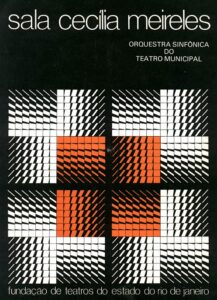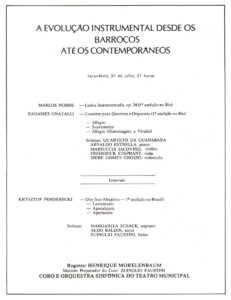- On January 27, Radamés Gnattali turns 70 years old
- On April 29, in honor of Radamés Gnattali’s 70th birthday, his Concerto for two guitars, oboe and string orchestra (1970)interpreted by Duo Assad, for the one who dedicated, with Orquestra Sinfônica Brasileira, sob a regência de Roberto Schnorrenberg.
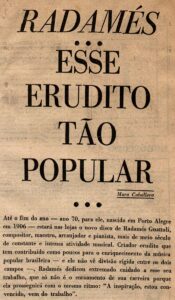 Jornal do Brasil (RJ), 01/12/1976.
Jornal do Brasil (RJ), 01/12/1976.- On May 17, at the Federal University of Rio Grande de Sul, the Festival Gnattali, with the participation of Orquestra Sinfônica de Porto Alegre interpreting, from Radames, the Sinfonia popular nº 1 (1956) e, em primeira audição, a Sinfonia popular nº 2(1969/75), dedicada à OSPA, com regência do autor; e o Concerto romântico para piano e orquestra (1949), com regência do maestro Salvador Campanella, tendo Radamés como solista.
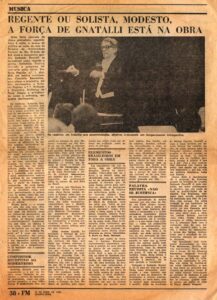 Folha da Manhã (RS), 19/05/1976.
Folha da Manhã (RS), 19/05/1976.
- Radamés composes:
- Fun for violin, viola and cello
- Nau Cararineta, para coro misto e piano , with lyrics by Domício Augusto – dedicated to the Coral da Universidade Gama Filho.
- On June 13, at Sala Cecília Meireles, Rio de Janeiro, the first world audition of the Concerto nº 4 para piano e orquestra (1966), by Radamés Gnattali, with the National Symphony Orchestra, conducted by Roberto Ricardo Duarte, with the author as soloist.
- On July 9, still within the festivities of its 70 years, the first world audition of the Concerto para violino, viola, violoncelo e piano com orquestra de sopros (1971)by Radamés, dedicated to the Guanabara Quartet [1], who performs it with the São Paulo Municipal Theater Symphony Orchestra, conducted by Henrique Morelembaum.
- On July 27, the Orquestra do Teatro Municipal do Rio de Janeiro presents, at Sala Cecília Meireles, for the first time in Rio de Janeiro, the Concerto para violino, viola, violoncelo e piano com orquestra de sopros (1971)by Radamés Gnattali, dedicated to the Guanabara Quartet, which performs it under conductor Henrique Morelembaum.
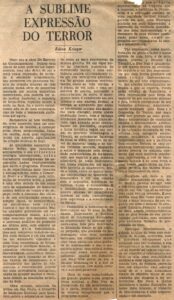
Jornal do Brasil (RJ) > Crítica > por Edino Krieger.
- Radamés é homenageado pela Rede Globo com a gravação da sua cantata umbandistaMaria Jesus dos Anjospara coro, orquestra e narrador, com texto de Bororó (Alberto de Castro Simoens da Silva), baseado em pontos de umbanda. On the other side of the elepê, the Sextet Radamés Gnattali [2] records the Sonatina coreográfica (quatro movimentos dançantes), a valsa Caminho da Saudade e o choro Bate-papo. The artistic production is by João Carlos Botezelli (Pelão)
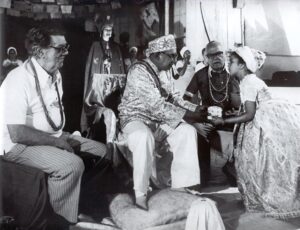
- Radamés receives, in Rio de Janeiro, the prêmio Golfinho de Ouro, granted by the Council of the Museum of Image and Sound.

